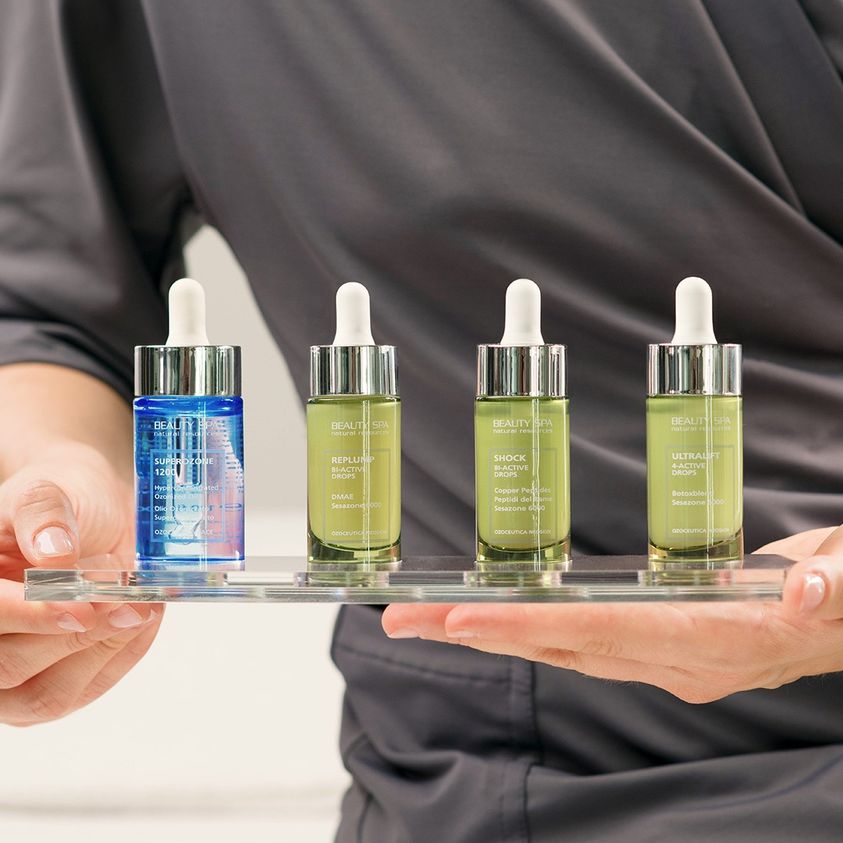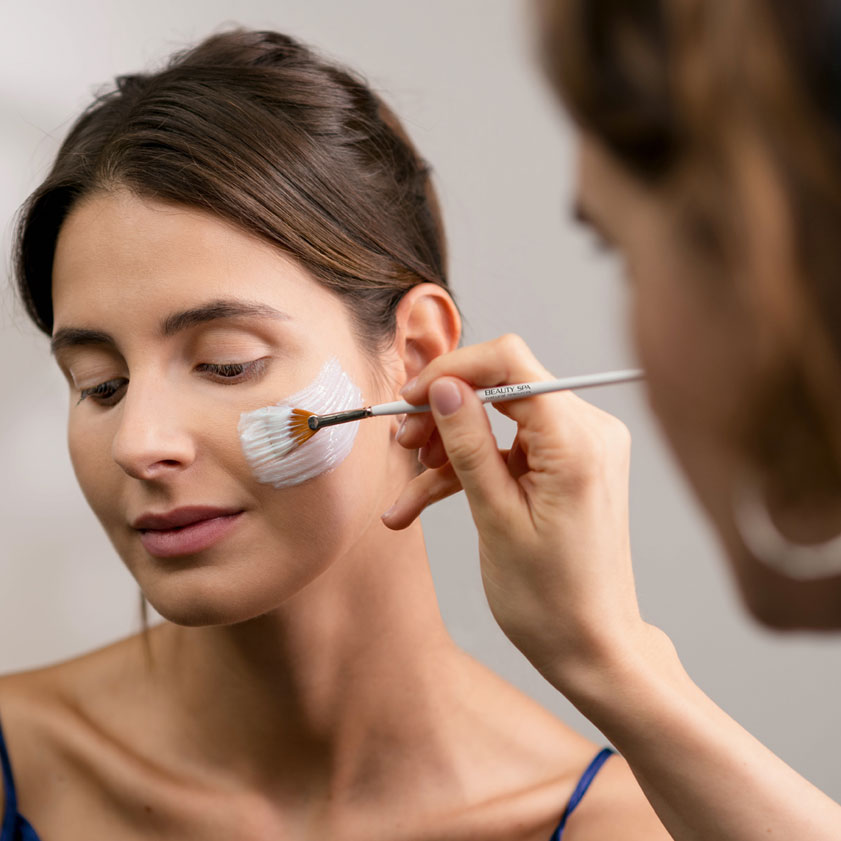CUSTOMIZED cosmetics?

Safety and health for our CONSUMER

The sector of manufacture and marketing of products dedicated to personal care and hygiene has undergone a very important and restrictive evolution in recent years, with the basic aim of guaranteeing the safety and therefore the health of the consumer.
Leaving aside all the legislative changes that have taken place in recent decades, we briefly summarize some fundamental stages:
- Law no. 713 of 1986 and its annexes, which defined the field of application of the cosmetic product and provided the first draft of the annexes which illustrated the details on the chemical categories of the ingredients and the limits or prohibitions in their use. This step was of extreme importance since until then there had been no clearly defined limits.
- EU Regulation no. 1223/2009 of the European Parliament and of the Council on cosmetic products establishes the rules that every cosmetic product placed on the market must comply with in order to guarantee the correct functioning of the internal market and a high level of protection of human health.
On this last point we want to provide more details to clarify controversial positions that create distorted and confusing expectations.
Placing a COSMETIC product on the MARKET
The Product Information File (P.I.F.) must be created to place a cosmetic product on the market. The P.I.F. consists of a technical dossier grouping all the characteristics of the finished product and the studies carried out to demonstrate the effectiveness and safety of the product itself; the P.I.F. is divided into the following steps:
- Defining the Supervisor whose identity must be clearly printed on both primary packaging (bottle, jar, tube, etc.) and on secondary packaging (cases, bags, etc.). The Supervisor is the contact person who is involved by the Authorities of all categories both for health reasons and for simple checks. It is quite clear that the Supervisor – usually the manufacturer – must have the necessary skills to respond to any requests from the Authorities or in turn he/she must be able to manage the problem through an external consultant who interfaces with the manufacturer.
- The Supervisor must register the product to be placed on the market on a European CPNP portal (Cosmetic Products Notification Portal) at least 30 days before its placing on the market. Registration is carried out by communicating:
- The name of the Supervisor;
- Name of a Contact Person, i.e. a telephone number that can be contacted 24 hours a day in case of need;
- The qualitative-quantitative formula of the product;
- Possible presence of nanomaterials and CMR substances (carcinogenic, mutagenic and toxic for reproduction).
- The layout of the packaging components (primary and secondary container).
These documents are intended to be able to quickly trace the Supervisor and view the ingredients to address any adverse reactions or damage suffered by the consumer during use of the product.
The Supervisor, after having notified what stated in paragraph no. 2 on the European portal, must perform:
- The Challenge Test to guarantee the suitability of the preservative system;
- The Safety Assessment, which consists of a report that produces a conclusion on the dermatological activity of the product through the data present in the Safety and Toxicological Data Sheets of each ingredient, their concentration and intended use.
- Furthermore, in order to carry out an appropriate safety assessment, it is recommended to provide supporting tests performed on human subjects, such as the Patch Test or Skin Irritation Test;
- proving the functionality of the product in relation to the boasted properties through effectiveness tests. Example of hydration test if hydration is boasted in the product claim.
- Keeping all the documentation relating to the ingredient sheets and the documents relating to paragraphs no.1 and no.2 available to the competent authorities for a period of ten years after the date on which the last batch of the product was placed on the market.
A continuously EXPANDING market
As can be well understood, these activities require specific skills, which are only possible in certain situations, and costs to be borne which can no longer be absorbed by small productions.
The market for “consultants“, after these rules were passed, has obviously expanded with costs that for a single P.I.F. (Product Information File) can vary between €1,000 and €2,000 to which the costs of the Challenge Test, Patch Test and Effectiveness Tests must be added.
This is a simple economic calculation that must be carried out a priori, before venturing into producing a customized line, especially if it is a line (as in the case of lines in the cosmetology/wellness industry) made up of dozens of products.
The alternative is to produce a large number of pieces by the Supervisor, who will take on all the functions and consequent responsibilities, and then customize a few pieces of product with, for instance, the application of a simple adhesive sticker that identifies the subject who intends to have customization. This would mean the same product for everyone and is anything but a customization; furthermore, we remind you that that simple adhesive sticker still requires registration and notification of the individual product to the European CPNP Portal.
We remind you that non-compliance with the legislative regulations currently in force leads to the risk of withdrawal of all products from the market and the payment of significant sanctions provided for by Legislative Decree no. 204/2015.
In essence, the mere desire to have a cosmetic line with one’s own brand is a very high economic risk in the face of a sales capacity confined to a necessarily restricted market. Furthermore, for those who have been convinced by some “person” to undertake the path of customization, it is advisable to make sure that the manufacturer, as Supervisor, is able to provide, in compliance with Regulation no. 1223/2009, the number and date of notification of all products on the European CPNP Portal, as well as the declaration of the existence of the P.I.F. to be shown during checks by the competent authorities, to avoid incurring the sanctions provided for by Legislative Decree no. 204/2015.